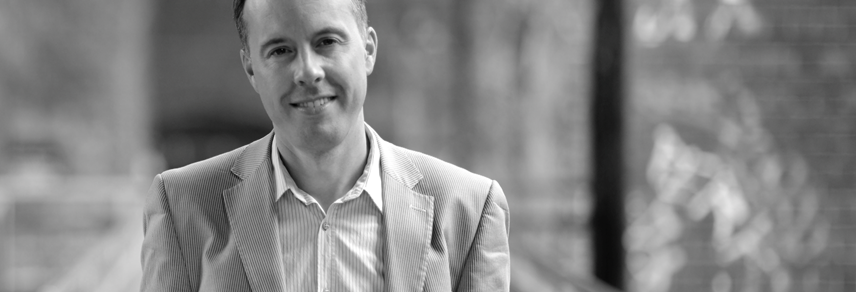
CAPTIVATING YOUR AUDIENCE WITH CORPORATE VIDEO
Simon Crofts, client services director at Big Button, discusses corporate filmmaking and why shorter films aren't necessarily more effective than longer ones.
Levels of video activity for marketing and communication don’t seem to have been too adversely affected by the pandemic over the last eighteen months, and at Big Button we’ve actually seen a significant increase in the amount of video being produced. Of course, with travel and human contact severely limited we’ve usually been required to work in innovative new ways to try and achieve the same goals, and as an industry we have a lot to thank Zoom for!
In corporate comms, effective stakeholder communication is particularly important, and as some normality starts to return to the world of filmmaking we are once again given near-limitless options and opportunities to create interesting content. So how do you embrace this new (old?!) world and create content that really stands out from your competitors?
The issue of video duration is a perennial source for discussion, and accepted thinking has generated a recent drive towards shorter content. But are we to continually make shorter and shorter films until they’re just a few seconds long? And what about production values? Throw lots of money at it to ensure your films are more polished and have Hollywood levels of sheen, or make the most of the smartphone revolution and capture cheap and cheerful video on-the-fly? The truth is, it could be either of those; it could also be neither…
In a recent episode of our On the Button podcast, video data expert Steve Garvey discusses his recent research, which concluded that shorter films aren’t necessarily more effective than longer ones. Rather than just following the latest trends or ‘established thinking’, the duration of your film should be based on the specifics of your messaging, your audience, and the channel(s) you’re using for distribution. Existing data, combined with the experience of your video agency, should allow you to work all of that out; campaign testing and monitoring can then be used to make any necessary amendments to deliver maximum effectiveness.
The same rules apply to the ‘Hollywood vs smartphone’ question. Relying on gut feeling alone can lead you to commit incorrect levels of budget and resource to a project, and with a requirement for every piece of marketing activity or internal comms to really ‘earn its keep’ it’s again important to consider message, audience, and channel. It’s also essential to consider at the start of the process what ‘success’ will actually look like, as this will help define the budget and approach.
Having established the framework of a carefully researched audience, a chosen level of budget and ‘polish’, and a preferred duration that will work for both the message and the channel you’re using for deployment, remember to also be brave. For creative projects, ‘brave’ is a word that can be interpreted in a number of ways – posting a 90-minute video to Facebook, using your film to mock the boss, or subtitling in Esperanto would all be types of bravery (and stupidity). But in this context, bravery is simply sticking your neck out a little, trying something new, different, even edgy. In a traditionally conservative arena like Corporate Comms, you may not need to stick your neck out very far at all to stand out from the crowd, and it doesn’t always require more budget.
Think about your key message and frame it in a way that is unique to you. Audiences appreciate a smart approach, and in a crowded market you may be able to capture them before they scroll down the page.



